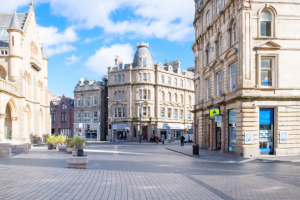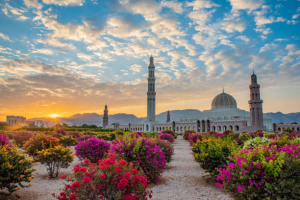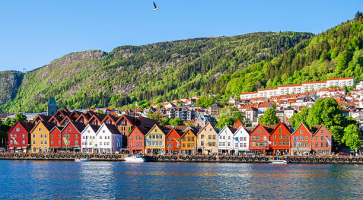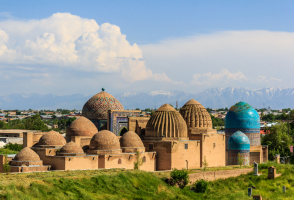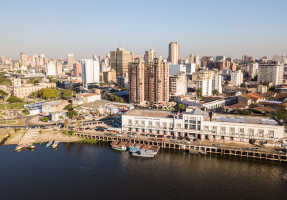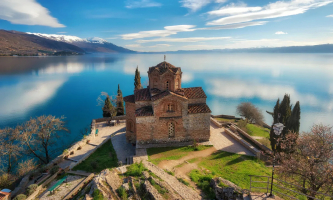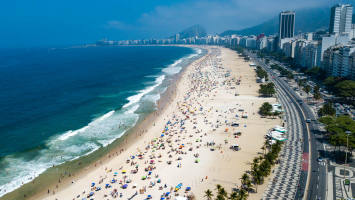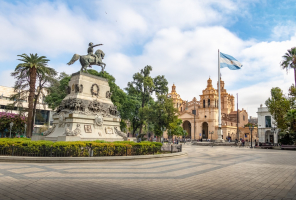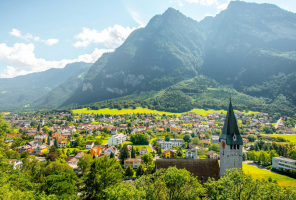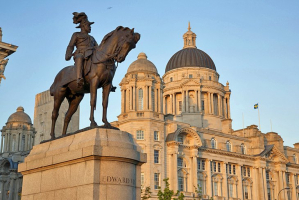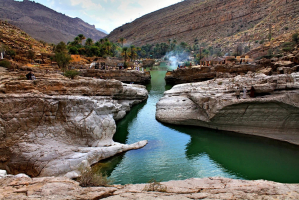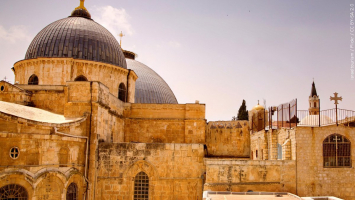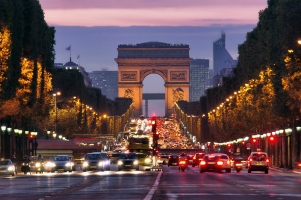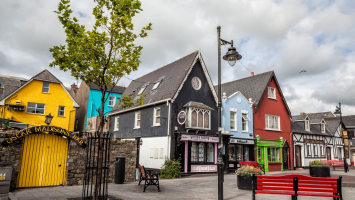Top 10 Reasons to Visit Lyon
Lyon provides both Francophiles and first-timers with a view of the excellent life in France and is only two hours by TGV from Paris. Lyon also lacks the ... read more...pretense. France's second city manages to mix all the elegance of an old capital with the dynamism of a youthful, fascinating metropolis yet without being overrun with must-see attractions and long lines for art. And here are some reasons to visit Lyon.
-
The first reason to visit Lyon is that it's the Capital of Silk. The visitor will still find plenty of reminders of Lyon's past as the silk center of Europe. King Louis XI established a national silk industry in Lyon in 1466 that was mostly made up of Italian laborers from the Calabria region, which was renowned for its skilled silk weavers. By the middle of the 17th century, Lyon had more than 14,000 active looms, making it the center of the European silk trade by the 16th century. A third of the city's residents were being fed by the silk industry at this time. There are many relics of this former opulence, including a museum dedicated to silk, workshops to visit, and silk shops brimming with alluring scarves. There are numerous indications that the legacy has survived despite the absence of the silk craftsmen and factory owners. A trip to the city's silk factories is enjoyable and educational.
What better way to indulge yourself than with a scarf or tie from the center of silk production in Europe? The famed Lyonnais silk workers, known as canuts, founded the industry at Croix-Rousse, the neighborhood perched atop the city's northern hill, and some of them are still employed there today. Make careful your research: Buildings here have visibly larger windows and ceilings to accommodate the massive looms in the workers' hybrid factory-homes. Visitors can learn about the lengthy history of the silk industry via exhibits at the Maison des Canuts museum and workshop before observing weavers produce goods using sophisticated methods developed in the 15th century.
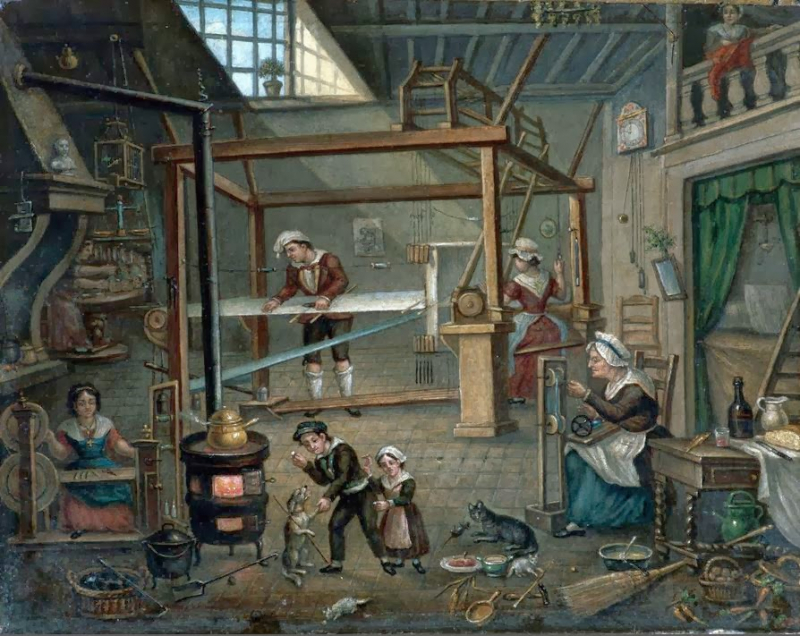
Photo: Rodama: a blog of 18th century & Revolutionary France 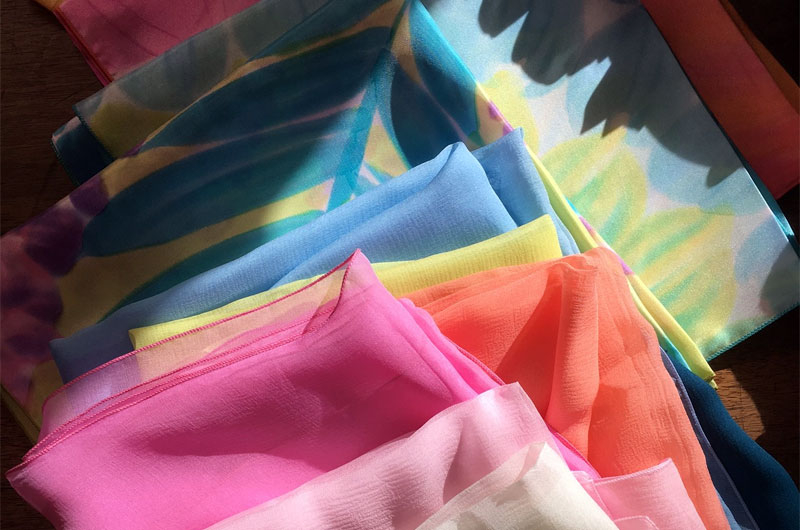
Photo: The Silk Road -
Lyon, often known as the Gastronomic Capital of the World, is the ideal vacation spot for foodies. The historic vineyards of the Rhône Valley, Beaujolais, and Burgundy surround the steep city, which is located in the southeast of France. Lyon has long been a center for agriculture and a point of entry for trade with northern Europe because of its location at the confluence of the Rhône and Saône Rivers. In recognition of the ongoing contribution Lyon has made to the cultural, political, and economic advancement of Europe, the city was given UNESCO World Heritage status. Lyon now has over 4,300 eateries, 21 of which have coveted Michelin stars.
Lyon's geographic position, together with a number of prominent chefs, played a part in the city's rise to culinary fame. Lyonnaise chefs have access to the freshest ingredients and a variety of livestock because of the city's location. The Dombes region also supplies freshwater fish, crayfish, snails, and frogs at the same time. Since the Renaissance, Lyon has been referred to as the pantry of France because of its rich charcuterie and offal culinary heritage. The tastiest beef at the time was only provided to aristocrats and members of the bourgeoisie. Chefs were left to create popular Lyonnaise dishes out of these less desirable animal parts after the public were given the offcuts.
You should arrive in France's culinary capital with an empty stomach because you'll want to sample everything. Visit one of the small, family-run bouchons that can be found on every street in the older part of the city for distinctively Lyonnaise food. You may sample the city's iconic foods at these quaint eateries, like praline tarts, saucissons andouillettes (varieties of sausage), quenelles (fluffy fish dumplings, typically made from pike), and Lyonnaise salads (topped with poached eggs, bacon, and a Dijon vinaigrette). Get ready to enjoy a meal the French way, taking your time to appreciate the menu and ambiance.

Photo: Unique Tours Factory 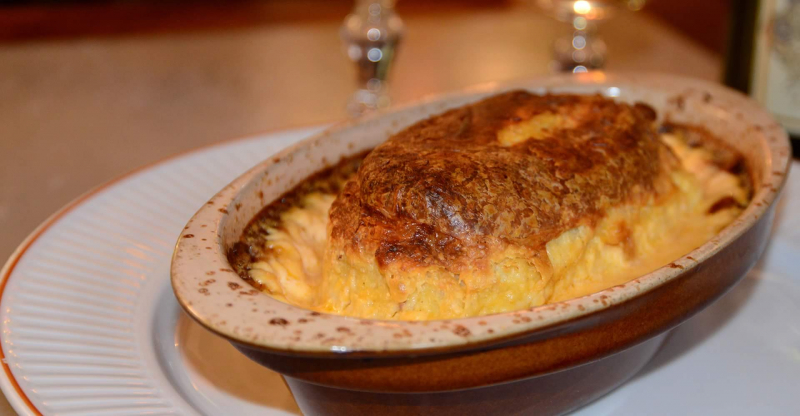
Photo: www.lesquenellesdusoleil.fr -
Roman heritages is definitely one of the reasons to visit Lyon. Lyon, once known as Lugdunum, is the location of several remarkable Roman ruins as well as a museum that exhibits Rome's influence on the city. There are still three significant Roman monuments in Lyon, including two on Fourvière Hill. The huge Theater could accommodate 10,000 people. The smaller Odéon next to it had 3,000 seats. These days, you may go around both buildings and imagine the ancient Gauls while taking in the wonderful views of Lyon. The beautiful Musée Gallo-Romain, which houses numerous examples of Roman sculpture, architecture, mosaics, and other art forms from Lyon and the surrounding area, is located just adjacent to the theater.
The Grand Theatre, a sizable amphitheater, and the Odeon, a smaller theater, make up The Roman Theatres of Lyon. It was finished in 15 BC and served as the heart of the Roman metropolis, where 10,000 spectators could cram to see gladiator bouts. The Grand Theatre, which is currently the oldest Roman theater in France, hosts cultural occasions all year long, including the Nuits de Fourvière. The festival asks participants to name a project they've always wanted to produce but couldn't afford to accomplish, and then it provides them the creative freedom, financial support, and an international audience to make their ambitions a reality. It has grown to be one of Europe's major summer festivals.
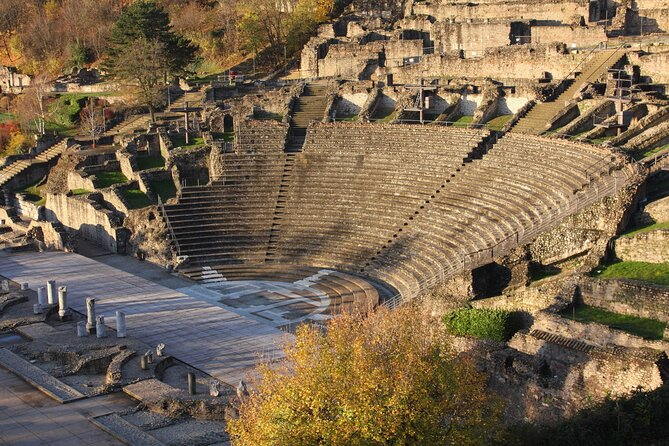
Photo: Viator 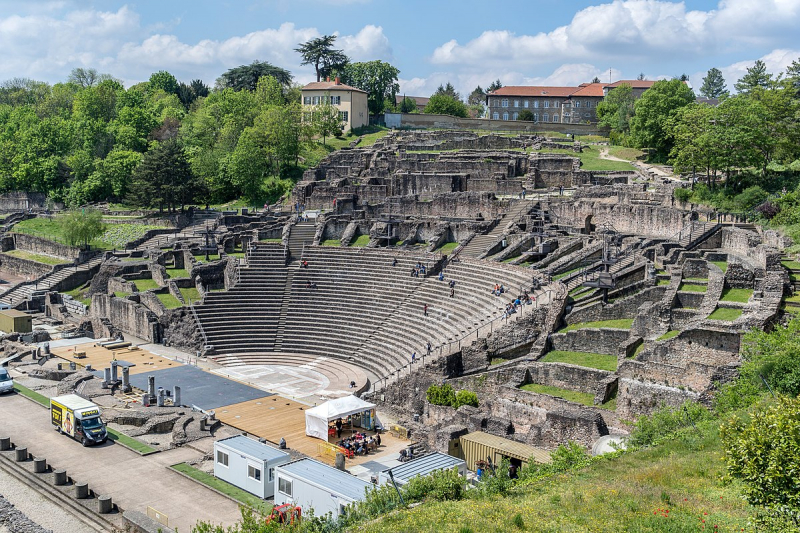
Photo: Wikipedia -
The Lumière brothers developed modern film in Lyon. Prior to them, viewers had to use personal viewing devices to see brief, looped movies. However, the Lumière brothers' invention of a camera that could also be used as a projector in the 1890s attracted huge crowds to theaters and changed the cinematic experience into a communal one. A museum devoted to the early days of filmmaking may be found at the Lumière Institute, along with daily movie showings and the annual Lumière Film Festival. Even today, you can stand where the Lumière brothers shot the iconic scene from Leaving the Lumière Factory, which many film historians believe to be the first actual motion picture, in 1895.
Today, a trip to Lyon would be incomplete if it did not include a stop at the Institut Lumière, which is housed inside the former Lumière family home. The Institute's 21 rooms house a collection of early film reels, camera prototypes, and a replica of Louis Lumière's Photorama, which allows visitors to observe images projected in all directions at a height of more than six meters. The Lumière brothers and other well-known figures who were born in Lyon, such as Renaissance poet Louise Labé and chef Paul Bocuse, are among those shown in the Mur des Lyonnais, located on Rue de la Martinière.
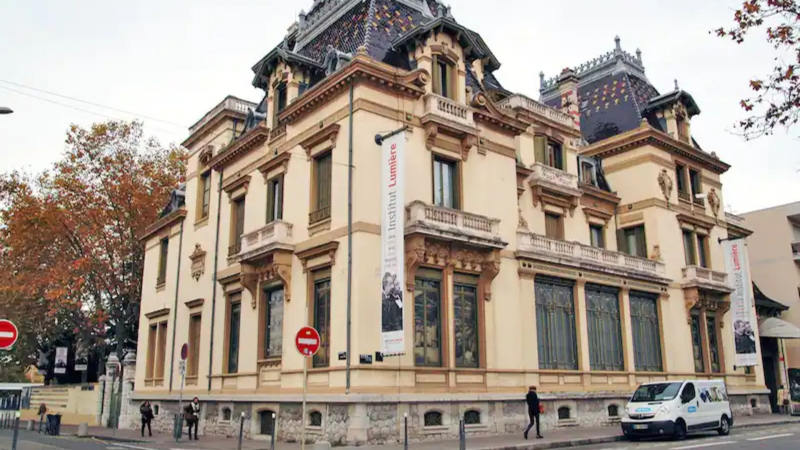
Photo: Hotels.com 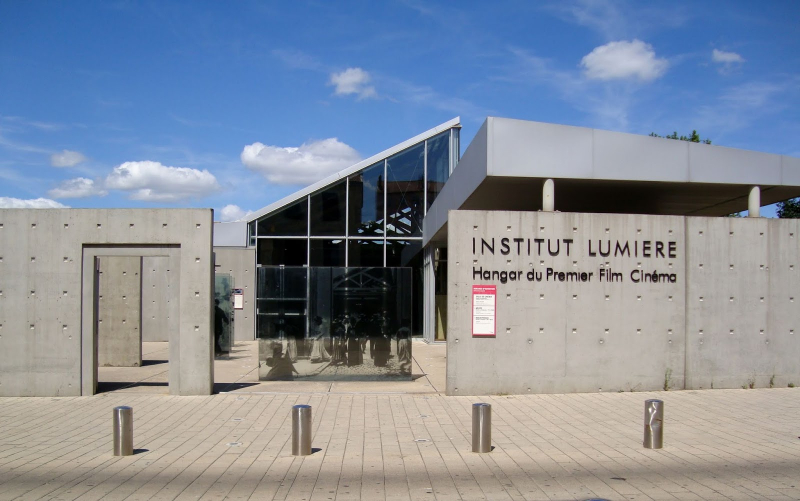
Photo: Film Alert 101 -
The next reason to visit Lyon is secret passages. The "Old City" is filled with "Traboules," or hidden corridors, which were constructed in the fourth century to allow traders to move about the city undetected. These days, they are largely accessible to the general public and provide a glimpse into life behind the scenes in the metropolis. You can enter another universe by just ducking through the big doors hidden amongst the neighborhood businesses (they're shockingly simple to overlook if you don't know about them). The Traboules offer a tranquil escape into the city's past and present Lyonnais life since they are filled with residences, courtyards, gardens, and winding stone corridors and are away from the commotion on the streets.
It is believed that Lyon in the fourth century was where the first traboules were constructed. The residents of what was formerly Lugdunum were forced to relocate to the banks of the Saône River in the lower town at the base of Fourvière hill due to a lack of water and broken aqueducts. The traboules were designed to help people go rapidly from their dwellings to the river. Later, the Canuts silk weavers of the Croix-Rousse, the center of the 19th century silk trade, adopted them. The passages were utilized for worker gatherings as well as for transporting large items from the Canuts workers' workshops in the Croix-Rousse to the textile merchants at the base of the hill.
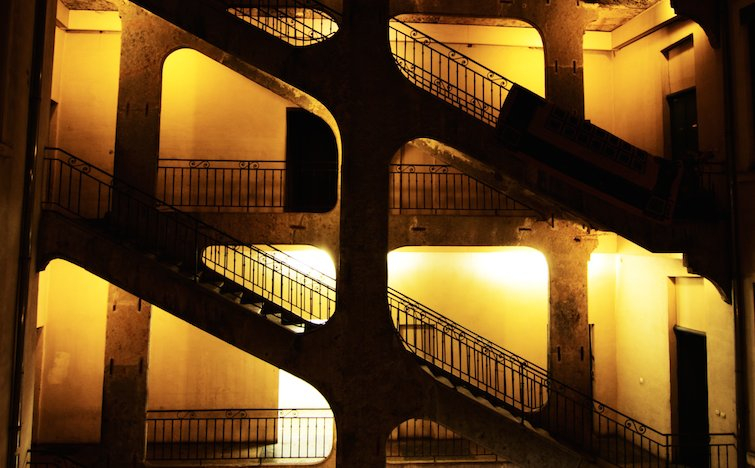
Photo: El Blog de Vueling 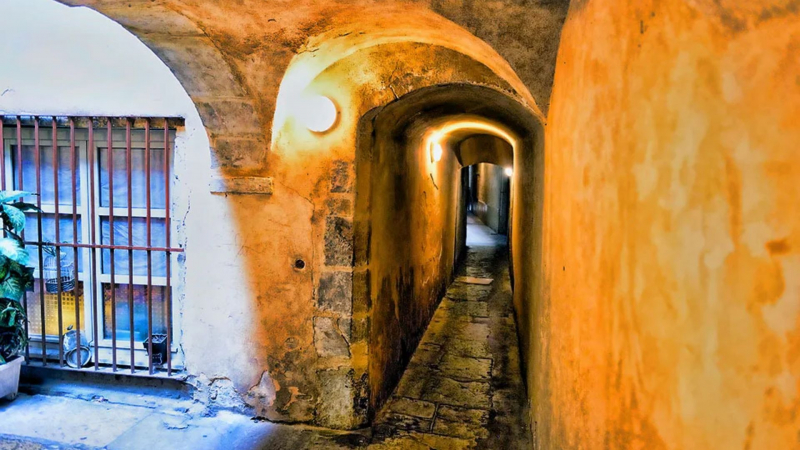
Photo: Travel Information and Tips for France -
The Confluence neighborhood served as Lyon's former industrial hub, housing the city's wholesale market, industries, jails, and Port Rambaud, which brought products into the city by way of the river. The Confluence's urbanization project has revived the neighborhood and assisted in the city's expansion southward after the gradual closure of its manufacturers in the late 20th century. Leading figures in the world of architecture, like Massimiliano Fuksas, Kengo Kuma, and Christian de Portzamparc, have enhanced the region's outstanding structures. This eco-district, which is a hub for ecological innovation, has a unique blend of structural audacity and sustainable growth.
What if everything you could ever need was just a few blocks from your house? One of the ambitious objectives of the Confluence city center is to build a completely sustainable urban neighborhood. The newest area of the city, less than one square mile of land where the two rivers of Lyon meet, was established in 2005 and has since continued to expand. It is clear from the numerous solar panels and transparent walls that the urban experiment's objective is to develop a future-oriented, cooperative living environment. All social classes can be found living, working, eating, shopping, and having fun here. The Musée des Confluences, constructed in 2014, provides answers to queries regarding Lyon's anthropological past. Do explore the airy shopping center (it has ceilings but no walls), and unwind in the open spaces next to the rivers where you can have a good view of the modern buildings. You could forget you're in one of the oldest cities in France after a day spent in "utopia.
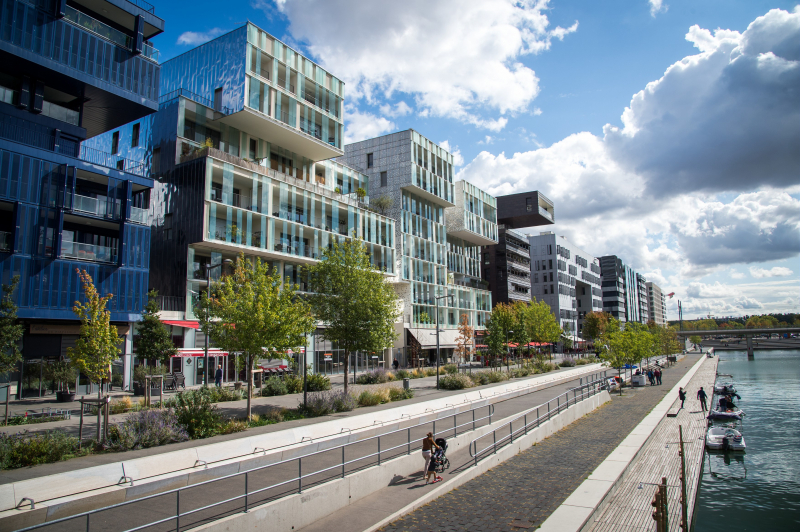
Photo: Lyon Confluence 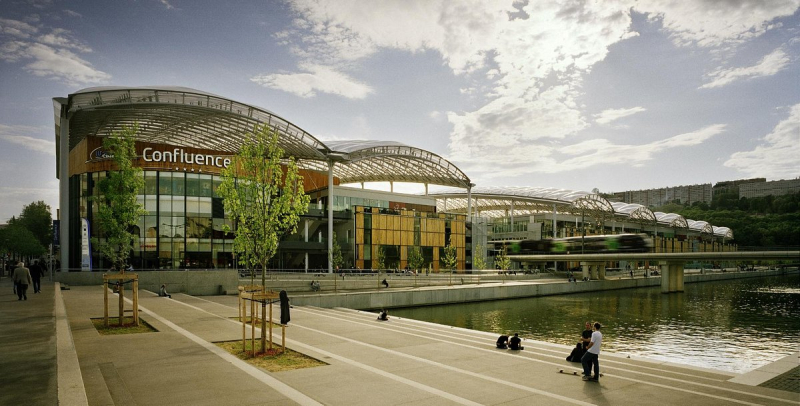
Photo: TripAdvisor -
Museums is another reason to visit Lyon. Lyon is full of unusual little museums, such as the Museum of Movies and Miniatures, which features miniatures and movie props; the Petit Musée du Guignol, which is dedicated to the puppets that call this city home; or the Musée Lumière, which showcases the history of photography and vintage cameras. These museums are in addition to the ultramodern Musée des Confluences, which aims to reflect humanity's progress, or the traditional Museum of Fine Arts. Purchasing a Lyon City Card for reduced admission may be worthwhile if you intend to visit several of them.
The Gallo-Roman museum is also an attractive place. In order to conserve the archaeological site above, the Gallo-Roman museum was carved out of the slope of Fourvière hill. As you enter, a concrete stairway leads you to a room filled with sculptures, tablets, and other remnants from Lyon's past as the Roman city of Lugdunum. In order to provide tourists with a view of the nearby Roman remains, two sizable windows have been carved out of the hillside. The museum's other features, such as its gloomy lighting, bare furnishings, and stone walls, however, make a more appropriate environment for learning about the city's old history. Don't overlook the most well-known item, the Circus Games Mosaic, which is one of the few remaining ancient depictions of chariot racing. One of the largest art collections in France can be found in Lyon's most significant museum. 110 artworks from the Paris Louvre were donated, resulting in the establishment of the Museum of Fine Arts in 1803. Since then, the museum has expanded to contain a variety of classics, including the greatest collection of Islamic art in France, ancient Greek sculptures, and significant paintings from the 13th century to the present day, including well-known pieces by Rembrandt and Monet.
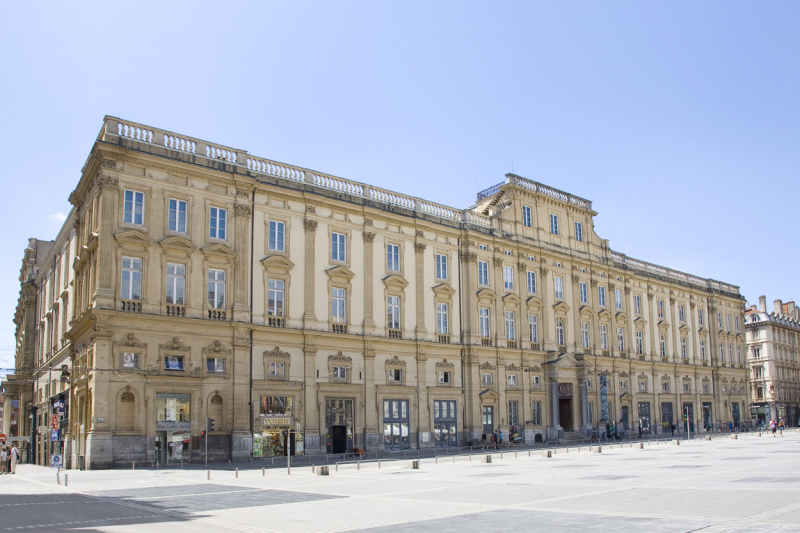
Photo: Lyon France 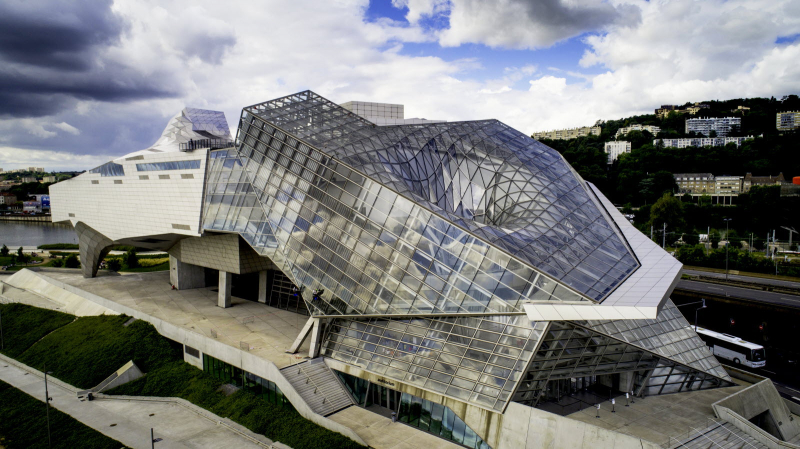
Photo: Le Progrès -
Every December, Lyon is transformed into a technicolor show for four days. The Black Death (also known as the Bubonic Plague) was ravaging the city at the time the Fête des Lumières was first celebrated in the 14th century. With a torch in hand, the locals marched to Fourvière in search of health. The municipal council now arranges light displays in the streets and on the exteriors of significant buildings in the weeks leading up to December 8 (the feast of the Immaculate Conception), while individuals decorate their windows with multicolored candles. It is an energetic celebration of thanks, heritage, and pride for Lyon.
The Old City is covered in thousands of lit candles, beautiful music, and street parades transform the area into a place awash in light, beauty, and song. On the evening of the holiday, the area becomes even more beautiful. People in the city dress up their windows and light candles and lanterns on the window sills. The candles are the only source of light at night because the street lights are turned off. It is essential to check hotel rates and make bookings in advance because the town is flooded with thousands of residents and visitors, increasing the demand for lodging. This setting transports the attendees to a shared memory: the inauguration of the enormous statue of the Virgin Mary (which still stands up) in 1852, during the 19th century. The festival, which originally was a single-day religious celebration, was extended to four days. Numerous cultural events and concerts are held on the extra days.
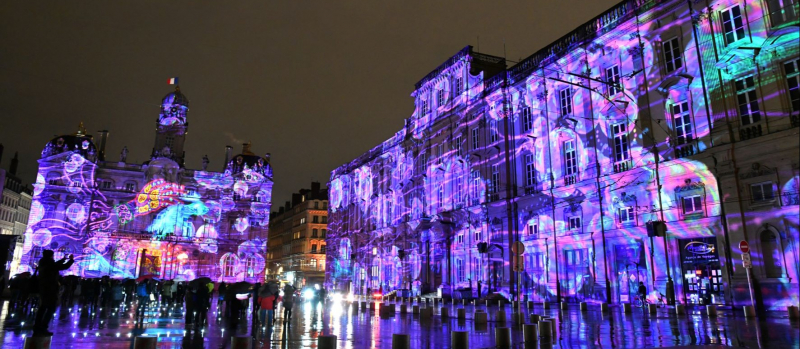
Photo: France.fr 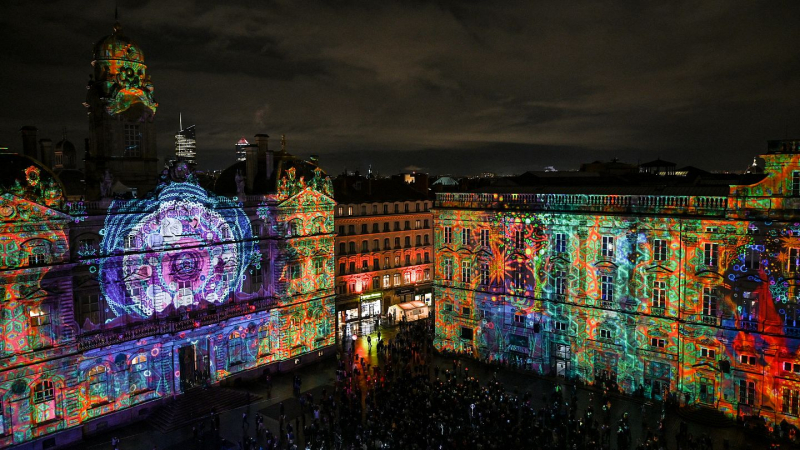
Photo: Euronews -
The historical area of Lyon Old Town contains residences from the Renaissance era. In the sixteenth century, it served as the center of the town. Then, interest in that topic gradually began to wane. The Presqu'île, a peninsula between the Saône and Rhône rivers, was the new hip location to be. During the first half of the 20th century, "Vieux-Lyon'' even underwent certain detrimental changes in some areas. Here, many wealthy residents of the city resided in elegant townhomes, more than 300 of which still exist today. However, because there wasn't much room, traboules which are narrow alleyways were built all over the place.
Without a trip to Vieux Lyon, no trip to Lyon would be complete. The most efficient approach is to come from the northeast. After passing the Marché des Bouquinistes and continuing along the quai de la Pêcherie, cross the La Feuille Bridge, and continue either forward to the location of Saint Paul or downward along the actual right side of the river. Artisanal stallholders selling beautiful jewelry, paintings, sculptures, textiles, and knitwear may be found along the river in Lyon's Old Town. There are also countless possibilities to practice your colloquial French by listening to or participating in stallholder conversation. The abundance of street corner cafés in Lyon's old center is one of its outstanding features. They have a booming business selling coffee and croissants, and they offer refuge to people who come in to read the free daily newspapers while covertly consuming their own food when "Madame" is not looking. That's all about the ninth reason to visit Lyon we want mention.
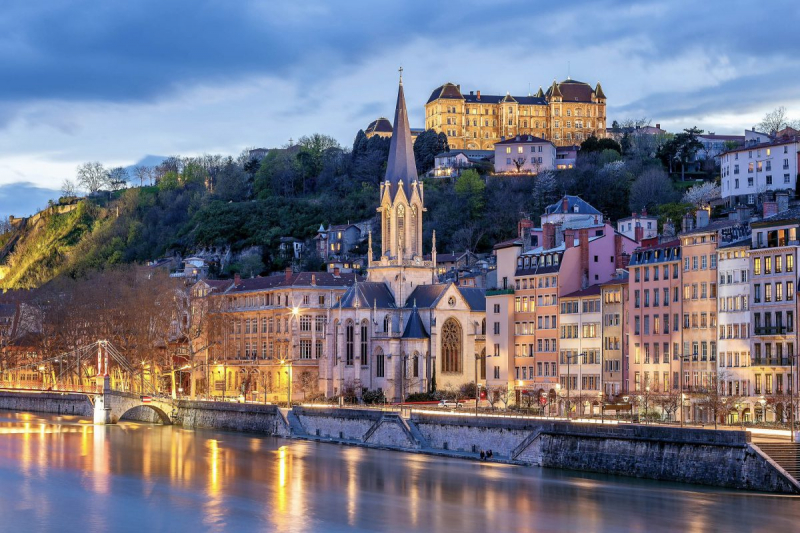
Photo: Franks Travelbox 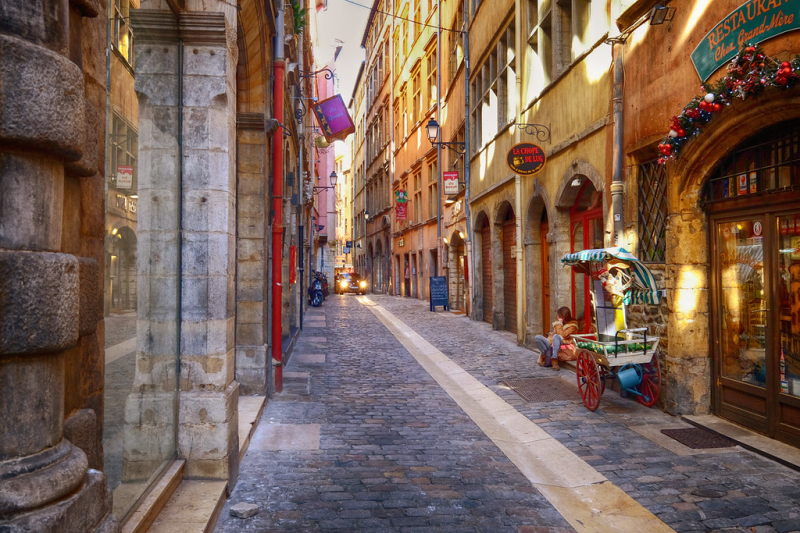
Photo: Flickr -
The walls of Lyon tell tales, most of them quite improbable ones. Although wall painting has existed since the beginning of time, the city has elevated the present urban wall painting style with almost 60 outdoor murals. Others are wonderful trompe l'oeil pictures of everyday life that are so lifelike you could almost walk into them. Some are spectacular flights of fancy. Lyon's passion for mural art is mostly the result of several unplanned interactions from more than three decades ago. Early in the 1970s, a group of local students started talking about how exclusive the art world was and came to the conclusion that art was mostly an expression seen in galleries and museums. They decided that murals would make art accessible to everyone. They would convey ideas clearly and effectively and be unrestricted.
Some of the must-see murals are Mur des Lyonnais, the most well-known, stunning "Lyonnais fresco," which has drawn more than a million visitors annually since 1995. At 800 m2, there are 31 renowned Lyonnais! Saint Blandine, The Emperor Claude, Antoine-Marie Ampère, Laurent Mourguet, and particularly his creation: Guignol, Antoine de Saint-Exupéry, well-known Lumière brothers, well-liked Bernard Pivot, abbot Pierre, Bernard Lacombe, Paul Bocuse, and the great chef of Lyon, FrédériDard, are just a few of these 31. In the center of the 7th to 18th course Gambetta is Le Mur du Cinéma. This magnificent mural artwork was made because the Lumière brothers helped Lyon experience the beginning of film. It is a 500 m2 painted wall that depicts a movie shoot and the staging of the first Lumière brother movie. The painting on one side also nods to various movies shot in Lyon. To discover a piece of history.
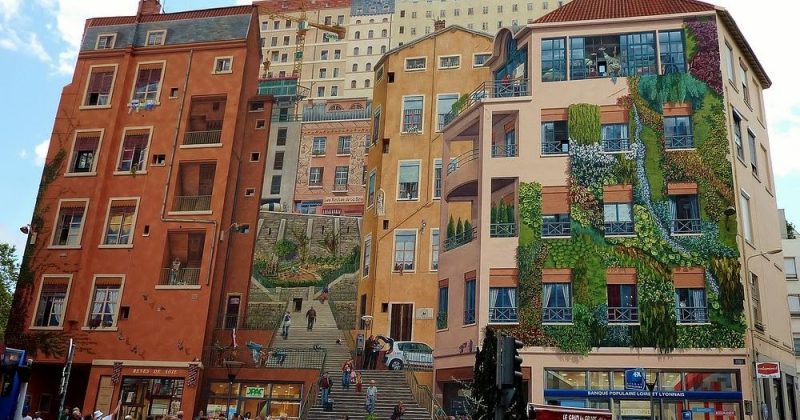
Photo: Amusing Planet 
Photo: New Generation Guide













